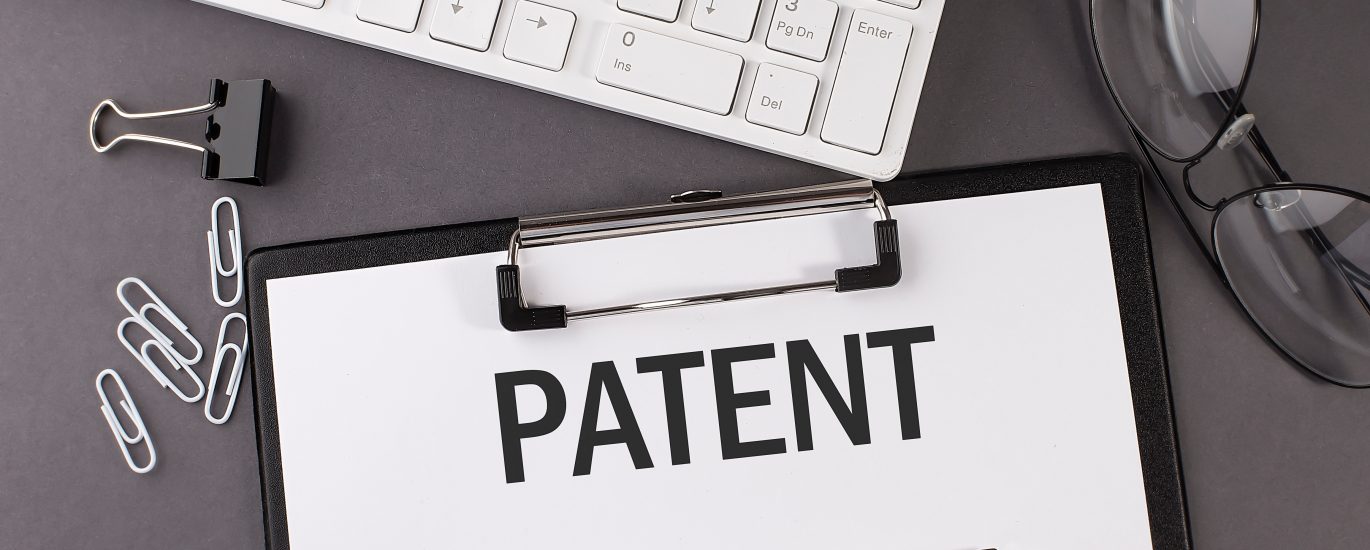



Do you wish to convert a provisional patent application to a non-provisional patent? We frequently receive concerns about the conversion procedure and the papers required to successfully convert a provisional patent application to a non-provisional patent application as an experienced patent attorney.
Here are some important things to remember.
You reserve a spot in the patent queue when you file a provisional patent application. The 12-month clock starts running when you file your provisional patent application, giving you time to develop your idea, secure finance for your invention, and finish the entire patent application.
A non-provisional application also allows you to state your claims in greater detail, perhaps leading to stronger legal protections for your invention.
Because non-provisional filing fees are greater than provisional filing fees, submitting a provisional initially might save you money in the long run.
On the other hand, Provisional patent applications do not grant patent rights; they only reserve your place by the filing date. You must file a non-provisional patent application within 12 months of your provisional patent application and complete all patentability standards.
To benefit from the priority date of the provisional filing, an applicant must file a comparable Non-Provisional Patent Application within 12 months following the provisional filing. The Provisional Application must be mentioned in the Non-Provisional Patent Application.
“The current applications claim priority to the earlier filed provisional application bearing the serial no. XX/XXX, XXX, and with this includes the subject matter of the provisional application in its entirety,” for example, would be written in the non-provisional patent application.
The USPTO will next compare the Non-Provisional Patent Application to the Provisional Patent Application submitted previously. The USPTO will award the applicant the provisional application’s earlier filing date for any patent that issues if the subject matter of the descriptions is judged to be identical in both applications.
An applicant can also change a Provisional Patent Application to a Non-Provisional Application. However, this approach saves the applicant very little time and money. Furthermore, the Provisional Application’s filing date is lost, and any patent issued will have the date of conversion as its filing date.
To grasp this notion, imagine that a patent is valid for 20 years from filing.
Your non-provisional patent application will expire on January 1, 2042, if you file it on January 1, 2022.
Consider the following scenario: you filed a provisional application on January 1, 2021, and subsequently a non-provisional application on January 1, 2022, claiming priority to the provisional application. Your non-provisional application will be evaluated with a priority date of January 1, 2021; however, your patent protection (if granted) will expire 20 years after it is filed (January 1, 2042).
However, converting your provisional application to a non-provisional one would only provide you with patent protection until January 1, 2041.
The advantage of filing a non-provisional patent application is that the year of provisional protection is not counted against your 20-year patent rights duration.
So, why would anyone wish to change a provisional to a non-provisional filing? When contemplating public disclosure, the question can be an
e, a non-provisional application must be submitted. Let’s look at an illustration of this circumstance.
You have until June 1, 2022, to file a non-provisional
patent application if you publicly disclose your invention on June 1, 2021, then file a swered.
Within one year of the invention’s public disclosurprovisional on January 1, 2022. Even though provisional patent protection lasts until January 1, 2021, filing a non-provisional application would be too late. So, if it’s June 2, 2022, you can’t file a non-provisional patent application because your invention was revealed more than a year ago. In this scenario, you should convert your provisional to a non-provisional file since your provisional filing date will be applied retrospectively to your non-provisional conversion date.
Does converting my provisional patent file to a non-provisional patent filing minimize the possibility of a third-party acquiring a patent on the same subject matter?
Once you obtain a provisional patent, there is usually no need to rush into filing a non-provisional utility patent application. Whether you file the non-provisional patent application the following day or 11 months and 20 days after the provisional priority date, your patent priority rights will be the same.
The longer you wait, the longer your patent coverage will be effective. Consider that a utility patent gives the inventor the exclusive right to make, use, and sell the patent invention for 20 years after the non-provisional patent filing date. So, if your priority date is one year before the non-provisional filing date, you have a 21-year effective patent priority.
Even though you have an early patent priority date set by your provisional patent filing, the longer you wait to convert your provisional patent application to a non-provisional, the more likely someone else may receive a patent on the same subject matter you.
This is why: Consider that a provisional patent application is never made public. The USPTO keeps it secret, and patent examiners don’t even look at provisional patent applications when they look at non-provisional utility patent applications.
Another applicant may file for a non-provisional patent while you are ‘patent pending’ with a patent priority date secured by a provisional patent filing. While your provisional patent is still pending under secrecy, the patent examiner may begin evaluating your patent application. This implies that your provisional patent application cannot be utilized as prior art against a later patent filer. As a result, even if you have previously filed a provisional, the future patent filer may be given a patent. It is preferable to consult with an attorney if you want additional information about your circumstance.